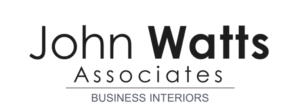Culture drives the transformation of the new normal
Slowly, cautiously, people are returning to the workplace. While there’s uncertainty about the course of the COVID-19 pandemic, one thing is certain: The open office layout must change to protect employee health and safety.
What we’ve discovered is that the new normal in the workplace depends on an organization’s culture.
What is culture? It’s a combination of values, assumptions, and artifacts. Values encompasses your mission. Assumptions are created through company processes and actions that inform what employees think. Artifacts take many forms: products, services, processes, publications, dress code, location, and the work environment.
Culture is as important as a business strategy because it either strengthens or undermines your organization. The Competing Values Framework™ provides this structure, and emerged from research demonstrating a link between culture type and organizational effectiveness.
Collaborate
The Collaborate culture focuses on doing things that last in a spirit of community and cooperation. In fact, working here feels like being part of a family. For employees in this culture, physical distancing will be difficult. People may even grieve that they no longer have physical closeness.
To support employee well-being during the transition of working together yet apart, encourage people to talk about their reactions and feelings. Keep them involved in the planning and implementation of the new workplace, including finding the balance between remote work and physical presence.
In designing the floorplate, maintain appropriate distancing for safety but ensure that conversation can occur.
Create
Of the four culture types, the Create culture will be least impacted by changes in the workplace due to COVID-19. This culture is used to doing new things; they are already in the habit of pursuing innovation and experimentation. Members of Create cultures will embrace new ways of working, new technologies, and processes that can lead to breakthrough products and services.
When designing the new workspace for a Create culture, offer spaces that stimulate and inspire people to think creatively while providing a sense of belonging and enabling workplace distancing.
As with the Collaborate culture, find a balance between remote and physical presence. Re-imagine the workspace so that it empowers new product development in smaller groups.
Control
For the Control culture, the main goal is to do things right. This culture thrives on a sense of security and performance metrics. When transforming this workspace to accommodate health and safety protocols, set clear guidelines for appropriate physical distancing. Provide a systematic approach for moving seamlessly between different work settings.
To protect employee well-being in a Control culture, establish clear policies and obtainable work standards in order to reduce work stress. It will be important to understand how to engage with team members on-site and off-site using appropriate technologies.
In the workspace itself, adjust the density to allow for more space between coworkers and more separation between groups in shared spaces.
Compete
A Compete culture, which is competitive and results-oriented, will adapt the fastest to the new world of work. In a results-driven culture like this, leaders will have to emphasize the importance of cleaning and physical distancing in order to keep employees healthy. Provide clear guidelines for shared spaces, both their usage and cleaning.
To maintain employee well-being, offer opportunities for quick face-to-face or virtual interactions while adhering to physical distancing guidelines.
Organizations with a Compete culture will be well-served by providing easy access to company, team, and project information to maintain a competitive edge. They’ll also need to find balance between remote work and physical presence.
Identify Your Culture
Understanding the broad workplace implications for each culture type is just the first step in navigating a world changed by coronavirus. In addition to understanding how to maintain employee well-being, organizations will have to transform floorplates and adopt new modes of working.


